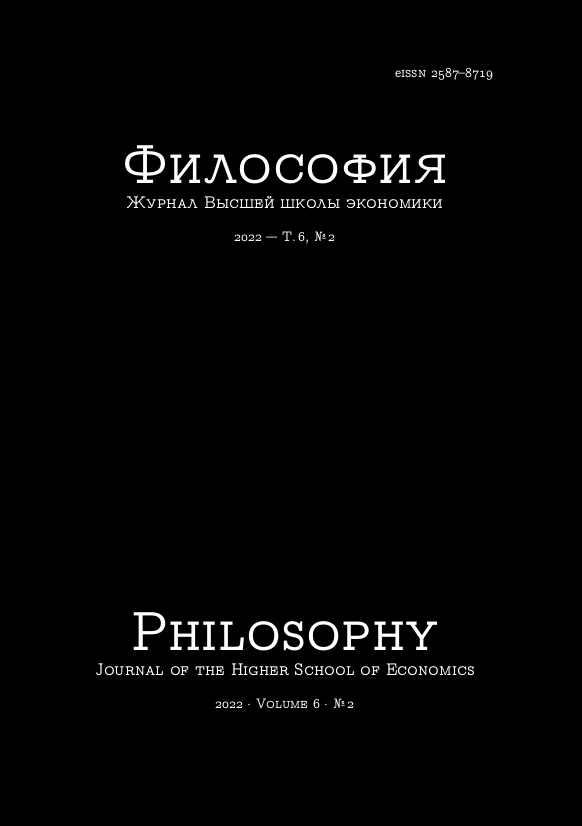Maniac From the Adjacent Canon
How Science Normalizes Cult Evil
Abstract
This article is devoted to studying cinematic images of serial criminals in a series of relevant topics: those where scientific and quasi-scientific methods, which are in Russian called “profiling”, are used to calculate and catch them. Assuming that cinema and television can change (and shape) a person's ideas about life, norms, about right or wrong, and proper and improper behaviour, the author refers to the comparison of the novel and the series as artistic phenomena with similar specifics of functioning and impact on the public. Further, the author compares the trickster and the maniac (psychopath or sociopath) found in the research literature and shows why this comparison is incorrect. Based on Foucault's discourse theory and his research of the concept of “abnormality”, the author focuses on the history of this concept in science and philosophy. Also, she stresses how the figure of an expert (criminologist, psychiatrist, doctor) arises and is conceptualized along with clarification of characteristics he is researching. Analyzing John Douglas' works, the author concludes that researchers who are now called profilers can be considered “experts” in the sense that Foucault wrote about it. They described the characteristics of a serial killer maniac, well known to us from films and TV shows. In the future, the images of serial criminals were built into account the data of modern science.
Downloads
Copyright (c) 2022 Philosophy. Journal of the Higher School of Economics

This work is licensed under a Creative Commons Attribution-NonCommercial 4.0 International License.






